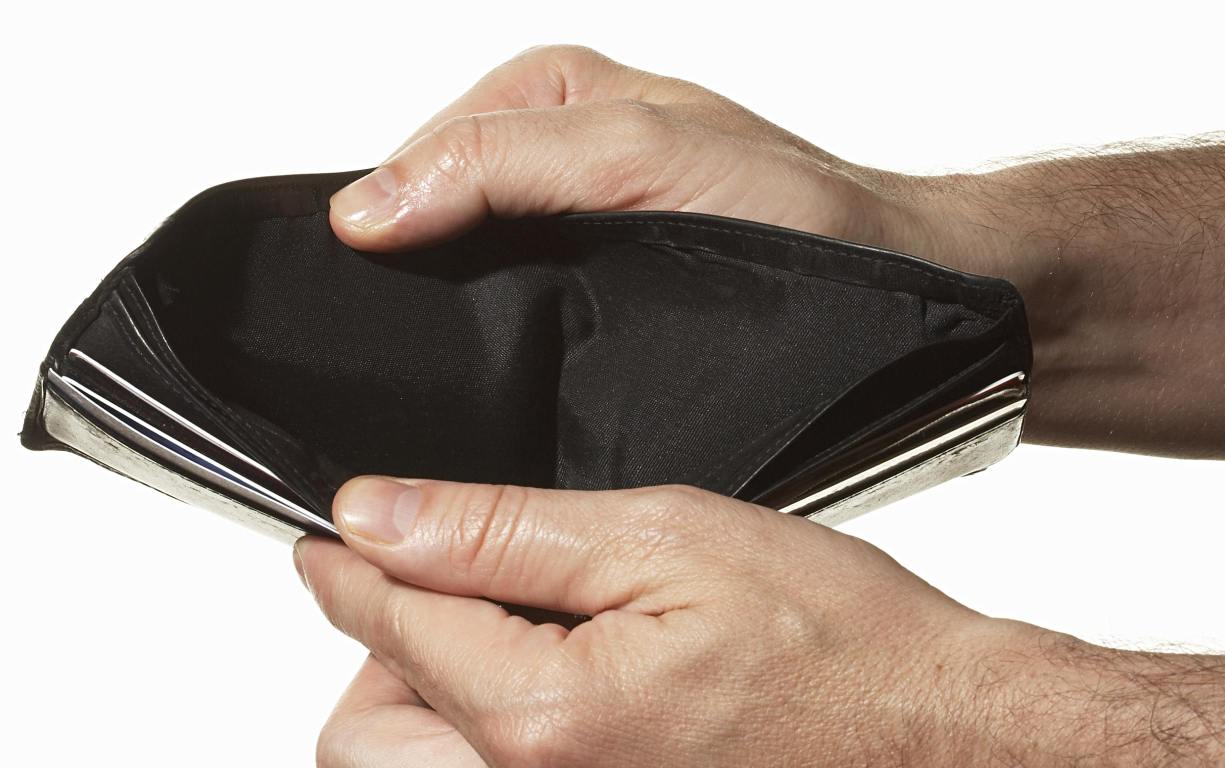For many buyers, the biggest obstacle to getting a car is the down payment. Saving thousands of dollars before you can even start shopping can delay things for months or even years.
No down payment financing skips that hurdle entirely by allowing you to borrow the full purchase price. This means you can get the keys right away without draining your bank account.

While the appeal is obvious, it’s not a perfect solution. The same setup that makes it easier to get behind the wheel can also increase your costs over time.
Key Takeaways
- Buying a car with no down payment gives you immediate ownership and preserves cash flow, but it often means higher monthly payments, more interest over time, and greater risk of negative equity.
- It works best for buyers with steady income but limited savings who can handle larger monthly payments and plan their budget accordingly.
- Comparing loan offers, improving your credit score, and setting a realistic budget can make this option more affordable and better aligned with your financial goals.
Why No Down Payment Car Buying Appeals to Some Buyers
A no down payment option makes sense in several real-life situations. Some buyers have steady income but haven’t been able to build up savings. Others may need a car immediately for work, school, or family reasons.
Keeping cash free for other priorities is another factor. You might prefer to pay down high-interest credit card debt, invest, or keep money in an emergency fund instead of tying it up in a down payment.
The trade-off is that while you can get a car faster, you’re committing to higher monthly payments and potentially more interest over the life of the loan.
Pros & Cons of Buying a Car with No Down Payment
Choosing a no down payment option can make it easier to get behind the wheel, but it also changes the financial picture of your purchase. Weighing the advantages and drawbacks can help you decide if it’s the right move for your situation.
Pros
A no down payment purchase can offer several benefits, especially for buyers who need a car quickly or want to keep cash available for other priorities.
- Immediate ownership: You can get the car right away without saving for months or years.
- Better cash flow: Your savings remain intact for emergencies, investments, or paying down other debt.
- Flexibility with funds: Money that would have gone toward a down payment can be used for other financial goals.
- Credit building opportunity: Making on-time loan payments can help strengthen your credit score.
Cons
The convenience of skipping a down payment comes with trade-offs that can increase the overall cost of owning the car.
- Higher monthly payments: Financing the full purchase price means larger monthly obligations.
- More interest over time: Borrowing more increases the total interest paid over the life of the loan.
- Negative equity risk: Cars depreciate quickly, and without equity upfront, you may owe more than the vehicle’s value early in the loan.
- Higher insurance premiums: Lenders may require full coverage, which can raise your insurance costs.
Who Should Consider This Option
Buying a car with no down payment can work well for some buyers but not for everyone. It tends to be a better fit for people who have consistent income and can manage larger monthly payments without stretching their budget too far.
- Stable income but limited savings: You can comfortably cover the payment each month even though you don’t have cash set aside for a down payment.
- Urgent need for transportation: You need a vehicle right away for work, school, or family commitments and can’t wait to save.
See also: Bad Credit Auto Loans with No Down Payment
Risks and Red Flags to Watch For
Skipping a down payment may make sense in the short term, but it can create challenges later if you aren’t prepared. Watch for these warning signs before committing to the loan.
- Overextending your budget: Monthly payments that take up too much of your income can lead to financial stress.
- Ignoring total cost of ownership: Fuel, insurance, maintenance, and repairs can add up quickly.
- Unstable income or heavy existing debt: Irregular earnings or too many other obligations can make it harder to keep up with payments.
Tips for Making a No Down Payment Car Purchase Work
If you decide this option is right for you, a few smart steps can help keep costs in check and improve your chances of a good deal.
- Research and compare multiple loan offers: Shop around with banks, credit unions, and online lenders to find the best rates and terms.
- Improve your credit score first: Paying down debt and fixing errors on your credit report can help you qualify for better financing.
- Use trade-ins as a substitute for a down payment: The value of your current vehicle can lower the loan amount and monthly payment.
- Negotiate the vehicle price before discussing financing: Securing a lower sale price can save you money over the life of the loan.
- Choose shorter loan terms to limit interest costs: Even if the payment is higher, you’ll pay less overall and build equity faster.
New vs. Used Considerations
Whether you buy new or used can make a big difference when financing without a down payment. New cars tend to have lower interest rates and longer available loan terms, but they also depreciate faster in the first few years. That means you could face a higher risk of negative equity early in the loan.
Used cars usually cost less upfront and lose value more slowly, which can reduce depreciation-related risks. However, interest rates are often higher for used car loans, and lenders may limit the repayment term.
Bad Credit and No Down Payment
Getting approved for a no down payment loan with bad credit is possible, but it usually comes with higher interest rates and fewer lender options. Lenders see this as a higher risk, so they may set stricter requirements.
To improve your approval odds, focus on paying down existing debt, making all payments on time, and checking your credit report for errors. Even a small increase in your credit score can help you qualify for better terms and lower rates.
Cost Comparison Example
A down payment changes both your monthly payment and the total interest you pay. Here’s a side-by-side look at the difference:
- With $3,000 down payment: Loan amount is $22,000 at 6% for 60 months, about $425 per month. Total interest paid is around $3,500.
- With no down payment: Loan amount is $25,000 at 6% for 60 months, about $483 per month. Total interest paid is around $4,000.
Even though the monthly payment difference is less than $60, the higher loan balance means more interest paid over time.
Final Thoughts
Buying a car with no down payment can make sense in certain situations, but it comes with trade-offs. The short-term benefit of keeping your savings intact can lead to higher costs over the life of the loan.
Only choose this route if the payments fit comfortably into your budget and the decision supports your long-term financial goals. Careful planning now can save you from financial strain later.
Frequently Asked Questions
Can I get zero down financing on a lease?
Yes, some leases advertise zero down offers, but you may still pay fees upfront such as the first month’s payment, acquisition fees, and registration. Always review the lease agreement to see the total due at signing.
Will putting no money down affect my loan approval odds?
It can. Some lenders prefer borrowers to make a down payment because it lowers their risk. Without one, they may require a stronger credit score or charge a higher interest rate.
Are zero down car loans available for private party sales?
It’s less common, but possible through certain banks, credit unions, or online lenders. Dealerships are more likely to offer zero down promotions because they control both the sale and financing.
Can I refinance later to lower my payment?
Yes, refinancing can reduce your monthly payment if you qualify for a lower interest rate or extend the loan term. Keep in mind that extending the term can increase the total interest you pay.
Is it better to wait and save for a down payment?
In many cases, yes. Even a modest down payment can lower your monthly payment, reduce interest costs, and help you avoid negative equity. If you can delay the purchase and save, it often improves your overall loan terms.




